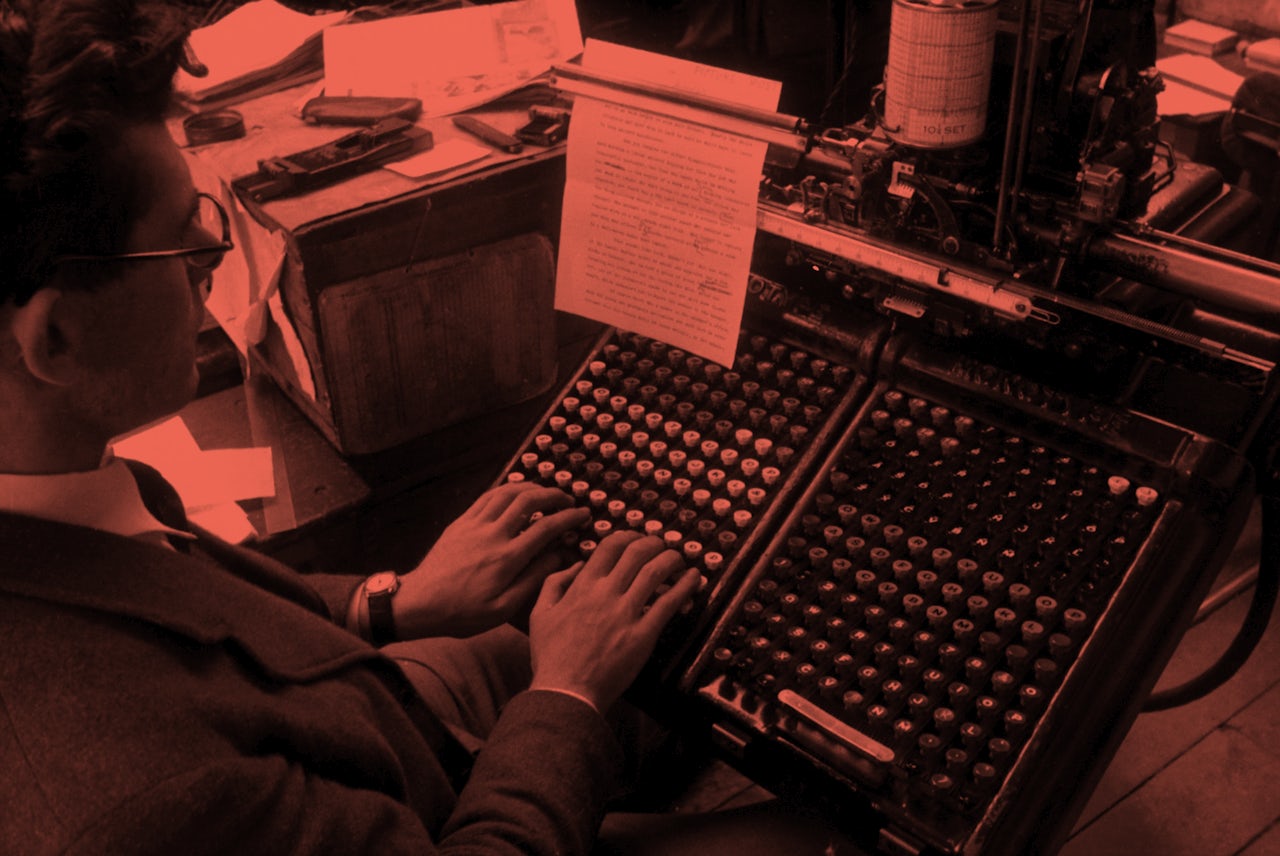Many social media sites seem to see accessibility as an afterthought, but Twitter has always stood out from the rest. The iOS app has a decent layout and has been compatible with screen readers, applications that help people read the screen by using audio or braille, for some time. VoiceOver, the built in-screen reader on Apple products that is either extremely helpful or useless depending which app or website you’re trying to use with it, has nearly a full range of everything a sighted user can do when used with Twitter. Except one thing: On Tuesday, when Twitter flipped the switch that boosted the character limit from 140 to 280, it neglected to do so for accessibility mode.
My Twitter account was randomly selected for early access back when Twitter was testing the new character limit with a subset of users. At the time, I noticed that my character limit kept switching between 140 and 280. After some investigation, I discovered that this flip-flopping was not random, but depended on whether or not I had VoiceOver running.
As a DeafBlind woman, with vision that sometimes allows me to read print, I rarely make use of the audio functions of VoiceOver. Instead, I will read printed text or pair my iOS devices with a braille display when reading printed text becomes too taxing. So I frequently switch between reading visually and reading with my finger tips (which necessitates turning on and off the screen “reader”). The iOS Twitter app has two “modes.” One is optimized for screen reader use, and the other is the “normal” version — the one sighted people use. The only difference between the two modes is ease of use with a screen reader — and therefore a braille display. With the character limit update, however, there is one major difference. The screen reader friendly version is stuck at 140, but if you shut it down and reopen the app in the “normal” mode, it will magically give the user access to the new 280 limit.
I had assumed this flipping back and forth was a testing glitch and that when the rollout was completed, this would be fixed. Apparently, it was not caught in time for the release of version 7.11, which included the character expansion for everyone. Twitter confirmed that the bug has been fixed for the upcoming 7.12 release— the date of which is unknown. In the meantime Twitter recommends using the mobile site.
This is symptomatic of a systemic issue tech companies fall prey to. This oversight implies that Twitter values the content from blind users less highly than those of sighted users. It also makes it obvious that accessibility is, once again, an afterthought. Though I commend the company on taking the problem seriously and ensuring that these problems will be fixed in future updates, accessibility is notoriously under-tested during development. The general advice for updates (such as the recent jump to iOS 11) is to wait for as long as possible if you are a user of assistive tech.
Twitter can be held to a higher standard, because it is the rare example of a social media company that thinks about accessibility. Twitter is both a fun place to chat and a place to network. As a writer, I find Twitter to be an invaluable part of my networking toolbox. This is even truer for Twitter users with disabilities. We are more likely to experience difficulties getting around our communities, and social media platforms help us to overcome this and stay current in our fields. As a professional using Twitter, how can I trust that when future updates are available that I will have equal access when my peers do? Will that impair my ability to use Twitter as a way to communicate with people in my field? There are already so many barriers working professionals with disabilities face — if it is implied that everyone has 280 characters to work with, will I appear less competent using the old format?
This is symptomatic of a systemic issue.
All the major tech corporations have been inconsistent in providing equal access to internet resources and software and even less consistent in providing access for working professionals. What is truly alarming, is that even with this oversight, Twitter is still crushing Facebook in terms of accessibility. But companies routinely erase people with disabilities with claims such as “universal access.” If a new update has not been tested for accessibility it creates a false narrative of accessibility. The burden of proof then falls onto the shoulders of professionals with disabilities who now need to prove to colleagues that they can’t do a job today that was accessible yesterday.
Why does it matter that people with disabilities have access to the same updates as everyone else — especially for something seemingly frivolous like a social media account? Because somewhere out there is a social media manager using a screen reader whose professionalism has been undermined by the belief that the update is available to everyone. We deserve equal access to the tools our peers take for granted, and the security to know that we will be able to do our jobs tomorrow regardless of updates.
